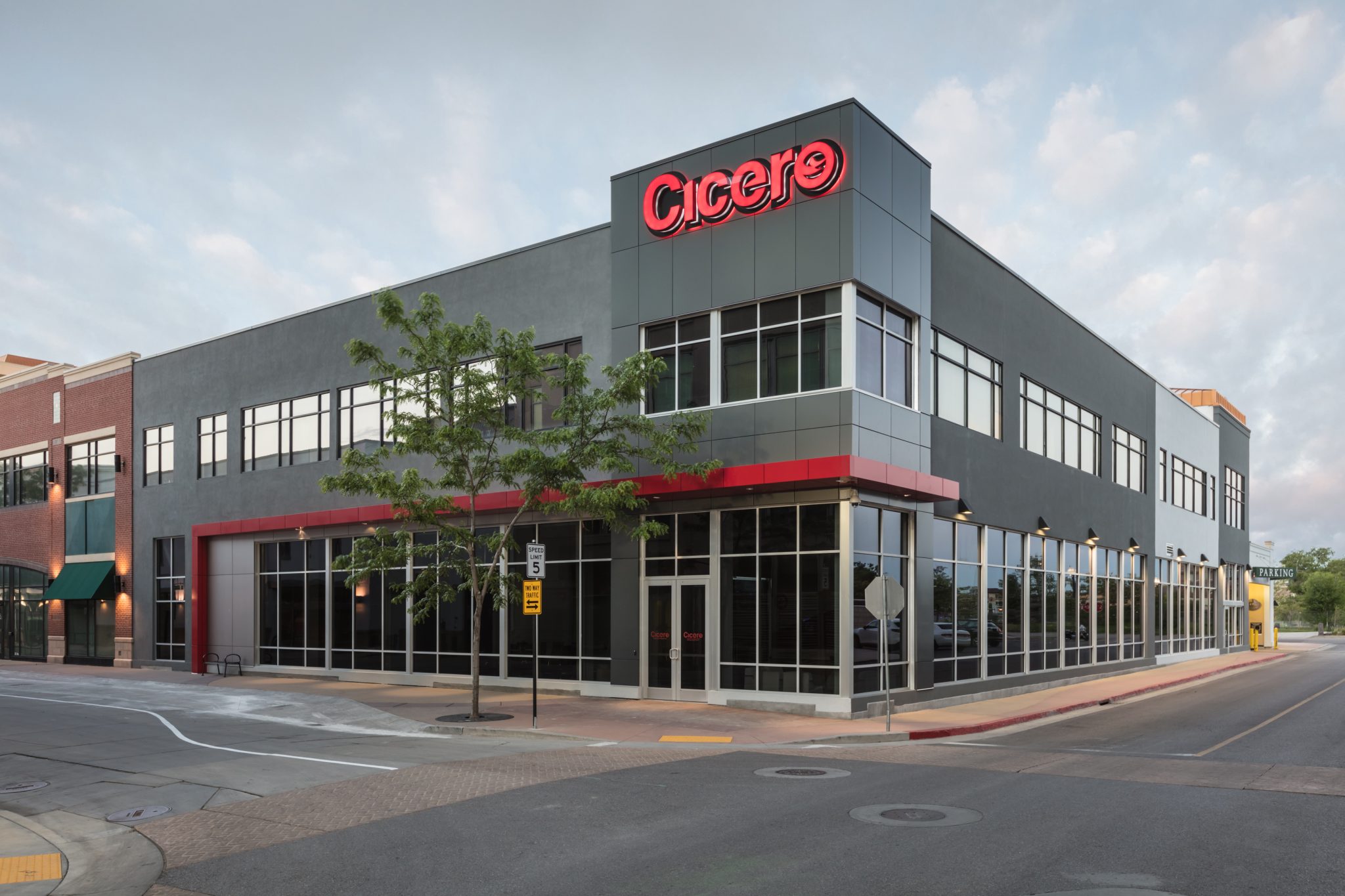By Charlie Lyons and Carrie Miller
“This has changed the conversation. People are talking about things on a different level than they ever have before” – Leslie Kinard, Thomasville High School Principal
Like most educators in underperforming schools, the Thomasville High School team was doing the best job they knew how to do. Despite strategic planning, extensive training, and a shared passion for Thomasville’s students, the faculty saw stagnant student performance for two decades.
That timing was significant. It was two decades ago that Thomasville’s large furniture factories closed, and the economy never recovered. With this loss of livelihood came hard times and, subsequently, an understandable longing for the way things were. Thomasville High School and its community were stuck. Until, that is, they engaged in a deliberate exercise to redefine their story. In a single year, Thomasville High School was able to make significant gains, earning 9 composite proficiency points, improving their growth index by 21.5%, and moving from a “D” to a “C” grade.
How? As far as we know, there is no silver bullet for continuous school improvement (let us know if you have one!). The Thomasville team shifted their focus from program-level change to reflect on their higher purpose as a school. They applied a process to create and clearly articulate their why, their significance, and their highest-level values. The team elevated their story.
Unexpected Priorities
Look, we know what you might be thinking: a vision statement is only as good as the action behind it. We agree. We think this is especially true in today’s education climate where our compass orients to standards, assessment, rigor, and accountability. Taking real time to conduct a visioning exercise could interfere with other training more directly poised to improve student learning. Here, we disagree: Done well, elevating your story creates an essential foundation for continuous improvement.
Henry Ford coined the adage, “Whether you think you can or think you can’t, you’re right.” When we started working with Thomasville, we found that their team’s narrative was holding them back. They wanted to succeed, but they didn’t really believe they could; at least, not like they used to. It wasn’t anyone’s fault, but the team focused more on the way things were than the way things could be, due primarily to the unexpected economic shifts the community had endured. In this climate, best efforts were not coordinated with schoolwide initiatives. Other efforts were half-baked: well-meaning but grounded in doubt.
In partnership with Story Work International, we facilitated an extended protocol to redefine the why of the work, from ‘we can’t do it as well as we used to,’ to:
Thomasville: the bridge to ideas, innovation, and success.
We involved teachers, leaders, board members, parents, students, and other community members invested in improving the school. We spent a full day brainstorming. The superintendent participated. The superintendent insisted a board member who had been a bit dubious about the process participate. All stakeholders shared their values and with effort, the team arrived at their vision: a statement the Thomasville team could all believe in and own. Elevating an organization’s story is an important first step in an improvement process. The story anchors a team to shared values and commitments. Having a shared vision promotes inspiration and motivation for teams to achieve more. Through strong school leadership, intentional focus on this elevated story, and deliberate practice, the team achieved their ambitious student performance goals.
Doing the Work
By articulating the rationale behind their work, the Thomasville staff changed their approach to student engagement and learning. This vision extended beyond the school’s walls and served as the community’s call to action.
For example: If a student did not show up to school, Thomasville’s team acted as the bridge; they called or visited the home to find out how they could support that student’s success. Once connected with the student, Thomasville faculty explained the importance of attendance both for the student’s benefit and the community’s; the student had things to learn, and the community benefitted from the important things the student had to say.
In the middle of the process, before student performance results returned, the principal told us, “this has changed the conversation. People are talking about things on a different level than they ever have before.” By reframing their story, Thomasville was able to move from reactive to proactive engagement – they focus on reaching their vision instead of just getting through tomorrow.
Elevating Our Stories in a Post-Pandemic World
As educators today, we stand at a crossroads, much like the Thomasville team: if we’re not careful, we may find ourselves blaming decades of stagnation on this current era of civic, health, and economic unrest. Alternatively, we can seize this moment of change and create a story that tells who we are when times get tough. This elevated story will serve as a roadmap for our recovery and, with time, our success.
Educators are, and always have been, flexible and responsive. This year we have faced enormous local, national, and global obstacles. We shifted from site-based instruction to emergency remote learning, in some cases literally overnight, developing needed resources, infrastructures, and partnerships along the way. Now, as we embark on what is sure to be the most challenging year many of us have ever faced, it’s worth taking the time to think about who we want to be and what our core values are as a community.
The international pandemic has been challenging and, in too many cases, tragic. We have an opportunity to grow in spite of this shared experience. Let’s not blame this experience as a reason to be stagnant for 20 years. Let’s shift the story to one of opportunity, purpose, and elevation.
Charlie Lyons earned a master’s degree in school administration from UNCG and, after years in the classroom, continued his path in education through the NC Principal Fellows Program. After several successful stints as an elementary, middle, and high school administrator, he decided to partner with Jane Williams to found DRIVE with the ultimate goal of spreading their unique and impactful methods of school improvement to a larger community.
Carrie Miller engages on Ed Direction’s leadership team as a project lead and leadership coach. Since joining the Ed Direction team, Carrie has partnered with nearly 150 schools in Utah, North Dakota, New York, California, Colorado, and Illinois. Her work is focused on teacher efficacy as she assists principals and central office leaders in creating the conditions necessary for consistent student learning and growth.

Start a Conversation
Thank you for your interest in Cicero Group. Please select from the options below to get in touch with us.
